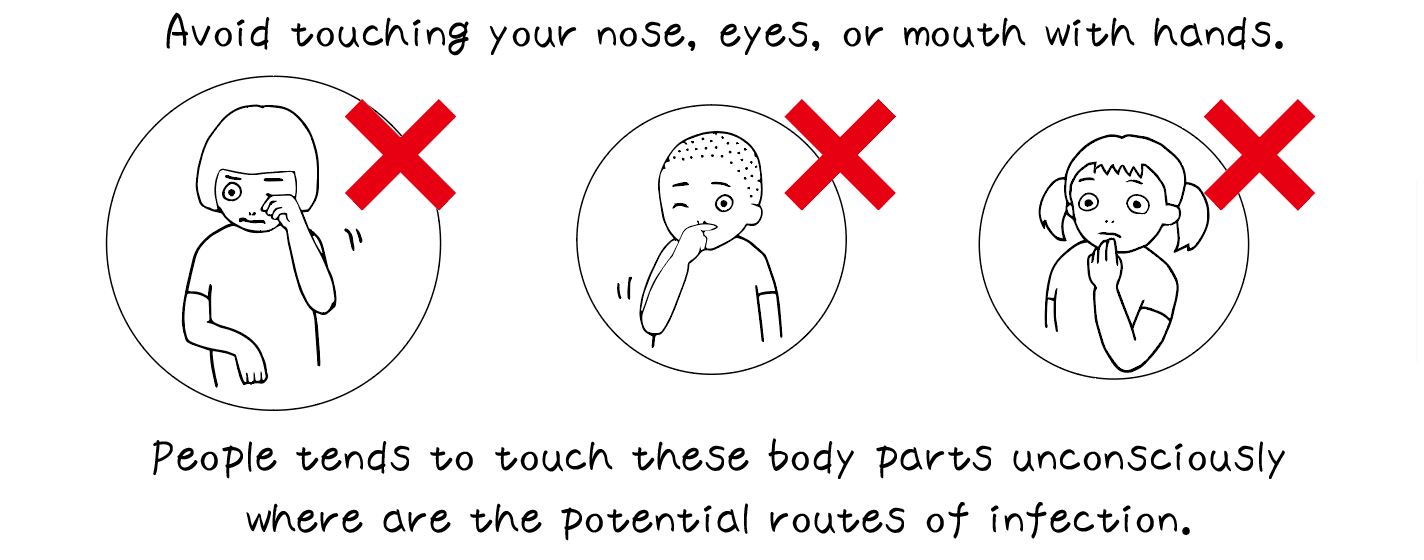Tabular maps of Numbers of Coronavirus Disease 2019 (COVID-19) in Kanagawa Prefecture
* In Kamakura Health and Welfare Office (Kamakura City, Zushi City, Miura City, Hayama Town, Miura City), Chigasaki Health Center (Chigasaki City, Samukawa Town), Atsugi Health and Welfare Office (Atsugi City, Ebina City, Zama City, Aikawa Town, Kiyokawa Village, Yamato City, Ayase City), Odawara Health and Welfare Office (Odawara City, Minamashigara City, Nakai Town, Ooi Town, Matsuda Town, Yamakita Town, Kaisei Town, Hakone Town, Manazuru Town, Yugawara Town), Hiratsuka Health and Welfare Office (Hiratsuka City, Hadano City, Isehara City, Oiso Town, Ninomiya Town), and Chigasaki Health and Welfare Office (Chigasaki City, Samukawa Town), the names of the municipalities where the infected persons reside are not completely disclosed and we described possibilities as "(min-max)."* Until 17 April 2020, the number of infected persons in each municipality had not been published by Kanagawa Prefecture, and the number of infected persons was indicated as (0 - maximum number of persons) in each health center. However, since the number of infected persons by municipality was published by Kanagawa Prefecture on 17 April 2020, we have revised the notation method.
Leaving or In Hospital Ratio
Male-to-Female Ratio
Numbers of Coronavirus Disease 2019 (COVID-19) by Age Group
Numbers of new Patients of Coronavirus Disease 2019 (COVID-19) by Day
Cumulative Numbers of Coronavirus Disease 2019 (COVID-19) by Day
Cumulative Numbers of PCR inspectors by Day
Ratio of infected persons with high-risk contact
Ratio of infected persons who have overseas travel history
Numbers of Coronavirus Disease 2019 (COVID-19) by Medical classifications
※The classification based on the data of Kanagawa Prefecture. And we classified as "serious" if the patients had "pneumonia" or "high fever and breathing difficulties". If there was no pneumonia or high fever and other symptoms were observed, it was considered a mild case.
Percentage of infected persons by noticeable symptoms
* "Fevers" with a fever of 37°C or higher, and "High Fevers" with a fever of 38°C or higher were counted.

 日本語
日本語